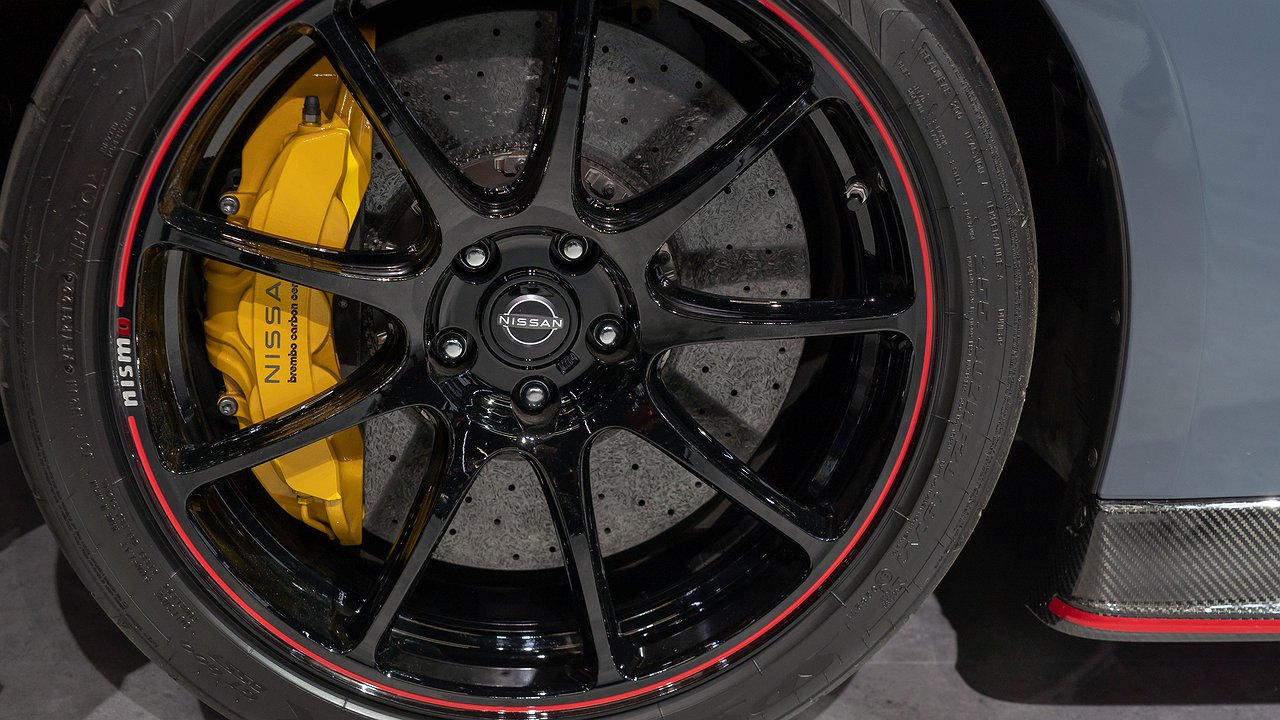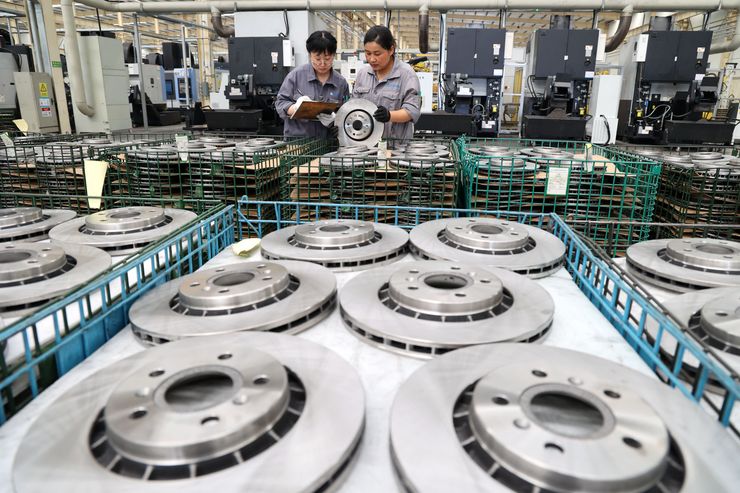Why savvy car owners prefer brake pads from Japan and Korea
- April 18, 2023
- 0
Most car owners in Russia switched to economy mode last year when repairing and maintaining their cars. The AvtoVzglyad portal reminds them that money can be saved not
Most car owners in Russia switched to economy mode last year when repairing and maintaining their cars. The AvtoVzglyad portal reminds them that money can be saved not

Brakes are such a thing, the savings of which can end in failure not only for the car, but for all passengers and the driver. This leads to a logical conclusion: stinginess in the maintenance of the braking system can go sideways. It turns out that when replacing brake pads, it is better to pay what they ask for a set of good branded components and not regret it. But “not all pads are equally useful”!
As you know, they are pressed against the brake discs during braking. Friction causes the friction lining of the brake pads and disc to wear slowly. The more intense this mutual wear, the more often it is necessary to replace the brake pads. And a disk. He needs such a procedure less often, but still. In the first approximation, everything is so, but not quite.
Let’s make a reservation right away that brake discs will not be talked about: they are usually made of cast iron, the varieties of which do not exactly juggle in terms of wear resistance. We will no longer mention ceramic brake discs, all the more so. Their heritage consists of sports cars and advanced racing technologies that are of no interest to the mass car owner.
Speaking of blocks, one must understand that in their small world there are two “schools of block building”: relatively European and Asian. “Europe” is aimed at producing brake pads that can besiege the car in any conditions, for example, from 250 km / h to zero on the autobahn. The wear resistance and mileage of the pad-pad pair ranks tenth on the priority scale.
Asian car owners, on the other hand, have different requirements for the brake pads: they should decelerate normally, but at the same time they should not creak, should not contaminate the rim with wear products and should not be replaced for a long time. No one is going to slow down from 250 “to the floor”. In most Asian countries, even on good new highways, the speed limit does not exceed 110 km/h.
The increased (“European”) braking efficiency achieved, also at the expense of a relatively short service life of brake pads and discs, is therefore not necessary here. For this reason, almost every Asian brake brand has at least one series of brake pads in their product line that are designed for the longest possible service life.
In Russia, as you know, not a single high-speed “unlimited” autobahn has yet been opened. On our highways, with their permissible speed at the level of 110 km / h, the mass of people maintains 100-130 km / h. Some, of course, drive even faster, but there are few of them … That is, the bulk of Russian motorists fit perfectly into the Asian style of driving.
Accordingly, they are quite satisfied with brake pads of Japanese-Korean origin, which brake reliably, but at the same time require less frequent replacement – unlike “Europe”. This allows you to further save on less frequent maintenance of the brakes.

Brakes are such a thing, the savings of which can end in failure not only for the car, but for all passengers and the driver. This leads to a logical conclusion: stinginess in the maintenance of the braking system can go sideways. It turns out that when replacing brake pads, it is better to pay what they ask for a set of good branded components and not regret it. But “not all pads are equally useful”!
As you know, they are pressed against the brake discs during braking. Friction causes the friction lining of the brake pads and disc to wear slowly. The more intense this mutual wear, the more often it is necessary to replace the brake pads. And a disk. He needs such a procedure less often, but still. In the first approximation, everything is so, but not quite.
Let’s make a reservation right away that brake discs will not be talked about: they are usually made of cast iron, the varieties of which do not exactly juggle in terms of wear resistance. We will no longer mention ceramic brake discs, all the more so. Their heritage consists of sports cars and advanced racing technologies that are of no interest to the mass car owner.
Speaking of blocks, one must understand that in their small world there are two “schools of block building”: relatively European and Asian. “Europe” is aimed at producing brake pads that can besiege the car in any conditions, for example, from 250 km / h to zero on the autobahn. The wear resistance and mileage of the pad-pad pair ranks tenth on the priority scale.
Asian car owners, on the other hand, have different requirements for the brake pads: they should decelerate normally, but at the same time they should not creak, should not contaminate the rim with wear products and should not be replaced for a long time. No one is going to slow down from 250 “to the floor”. In most Asian countries, even on good new highways, the speed limit does not exceed 110 km/h.
The increased (“European”) braking efficiency achieved, also at the expense of a relatively short service life of brake pads and discs, is therefore not necessary here. For this reason, almost every Asian brake brand has at least one series of brake pads in their product line that are designed for the longest possible service life.
In Russia, as you know, not a single high-speed “unlimited” autobahn has yet been opened. On our highways, with their permissible speed at the level of 110 km / h, the mass of people maintains 100-130 km / h. Some, of course, drive even faster, but there are few of them … That is, the bulk of Russian motorists fit perfectly into the Asian style of driving.
Accordingly, they are quite satisfied with brake pads of Japanese-Korean origin, which brake reliably, but at the same time require less frequent replacement – unlike “Europe”. This allows you to further save on less frequent maintenance of the brakes.
Source: Avto Vzglyad
Donald Salinas is an experienced automobile journalist and writer for Div Bracket. He brings his readers the latest news and developments from the world of automobiles, offering a unique and knowledgeable perspective on the latest trends and innovations in the automotive industry.